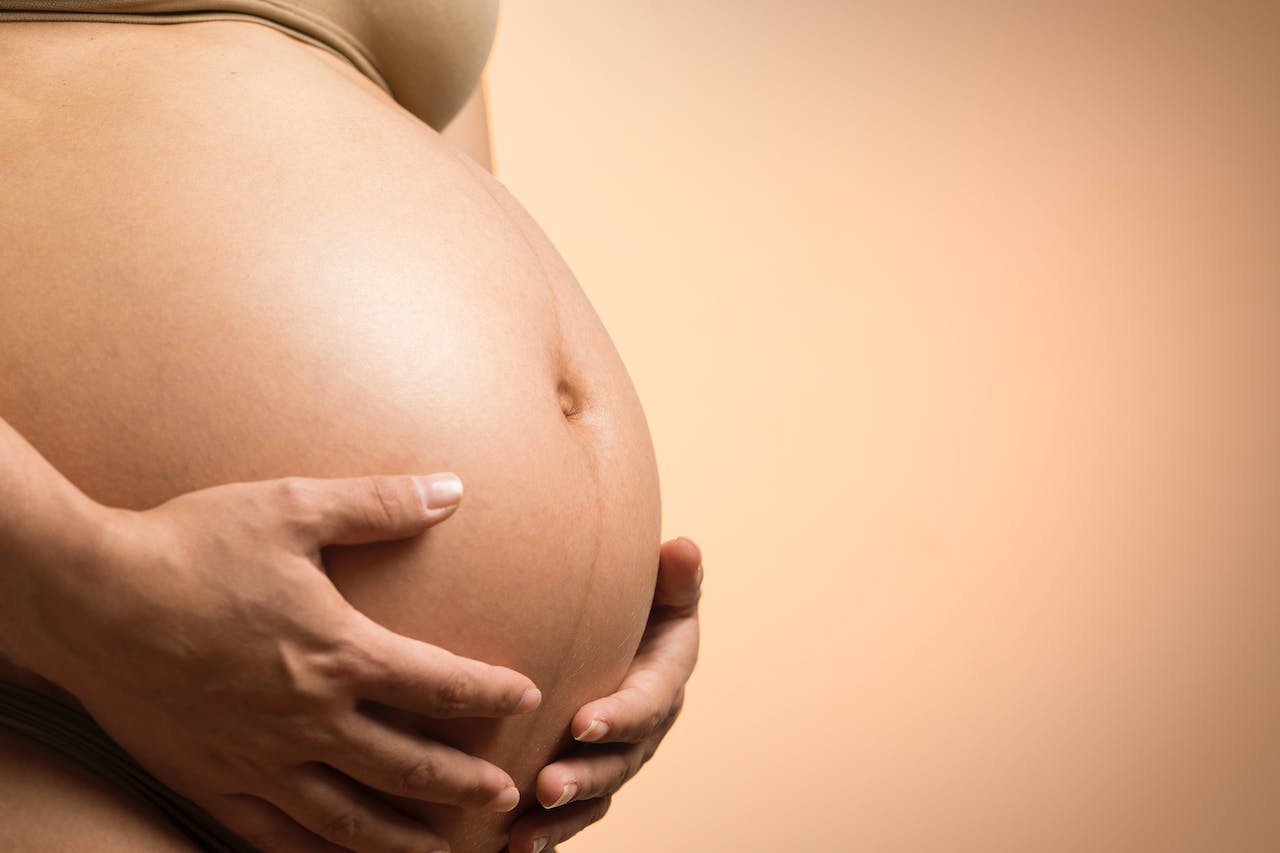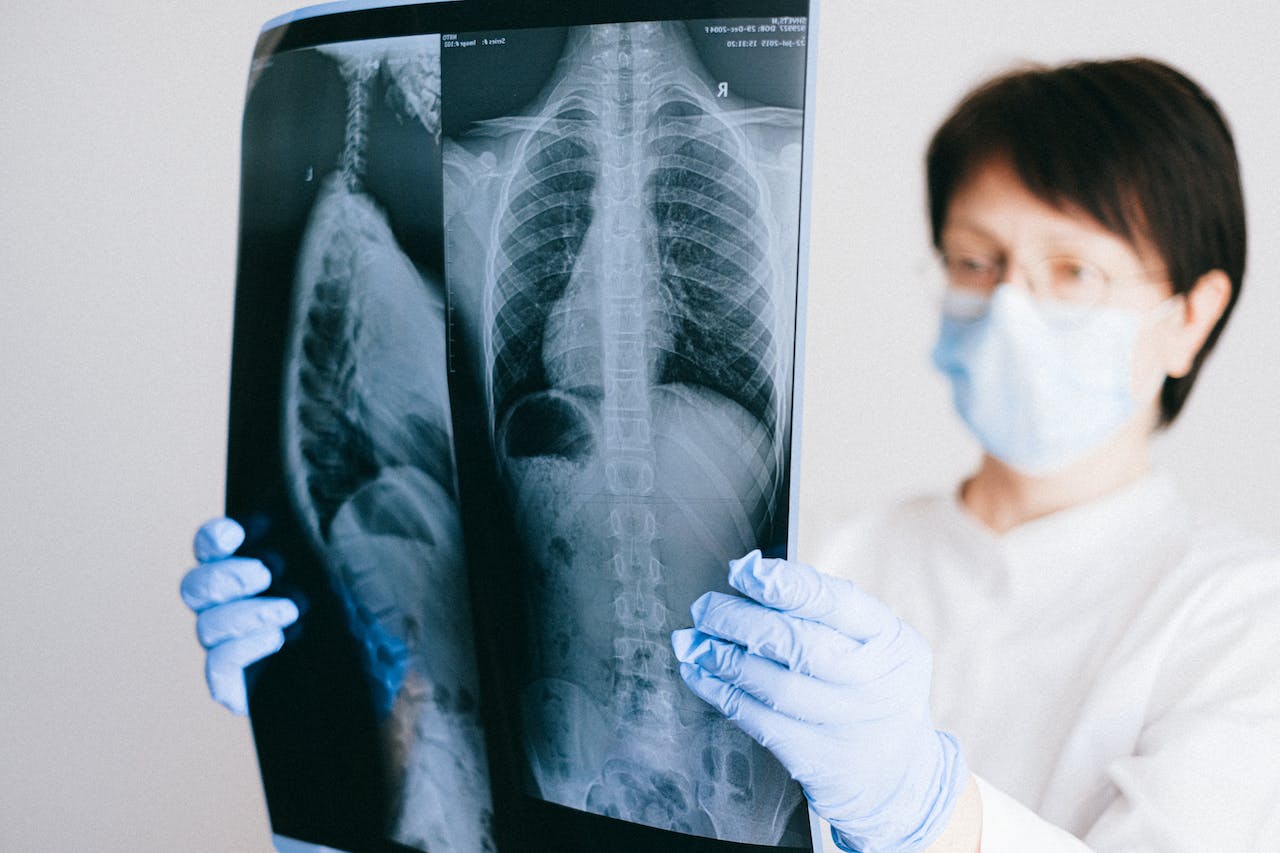
Iron Deficiency Anaemia
Iron deficiency anaemia is a common health condition that occurs when your body doesn’t have enough iron to produce haemoglobin, a protein in red blood cells that enables them to carry oxygen around the body.
When your body lacks the iron it needs, the rest of your body can’t get the amount of oxygen it requires to function effectively. This article will delve into the causes, symptoms, and diagnosis of iron deficiency anaemia, and list foods with high iron content to aid you in making the right choices to treat this common form of anaemia.
What is Iron Deficiency Anaemia?
Iron deficiency anaemia is the most common type of anaemia worldwide. Iron is a crucial element in haemoglobin production. Without sufficient iron, your body can’t produce enough haemoglobin for red blood cells, which results in lower oxygen levels in the body.
The Importance of Eating Foods Rich in Iron For the Body
Iron-rich foods are essential to our health because this important mineral plays several crucial roles in our body:
- Haemoglobin Production: Iron is a key component of haemoglobin, a protein in our red blood cells that carries oxygen from our lungs to all parts of the body.
- Preventing Anaemia: Without sufficient iron, our bodies can’t produce enough haemoglobin, leading to iron deficiency anaemia. This condition can cause symptoms like fatigue and shortness of breath.
- Muscle Function: Iron is necessary for the proper functioning of our muscles, helping them contract and work efficiently.
- DNA Synthesis: Iron plays a role in DNA synthesis, which is crucial for the growth and repair of cells.
- Energy Metabolism: Iron contributes to the metabolism of energy from our food, helping our bodies convert nutrients into usable energy.
Given these important functions, it’s clear that consuming a diet rich in iron is key to maintaining our overall health and wellbeing.

Causes of Iron Deficiency Anaemia
Iron deficiency anaemia can occur for several reasons:
- Inadequate Iron Intake: Not consuming enough foods with high iron content can lead to iron deficiency. Iron is found in foods like meat, eggs, and leafy green vegetables.
- Increased Iron Requirements: During periods of rapid growth or pregnancy, the body needs more iron, increasing the risk of deficiency.
- Impaired Iron Absorption: Certain conditions like coeliac disease can impair the body’s ability to absorb iron from the diet.
- Blood Loss: Losing too many red blood cells through heavy menstrual bleeding or internal bleeding can lead to iron deficiency anaemia.
Symptoms of Iron Deficiency Anaemia
The symptoms of iron deficiency anaemia can be mild at first, and you might not even notice them. According to the National Health Service, symptoms include:
- Tiredness
- Pale skin
- Shortness of breath
- Heart palpitations
- Dry skin and hair
- Restless legs syndrome
- Mouth ulcers
If you’re experiencing these symptoms, consult with your healthcare provider.
Diagnosis of Iron Deficiency Anaemia
If you suspect you have iron deficiency anaemia, your healthcare provider will conduct a series of tests. A full blood count (FBC) can show if your blood has lower than normal levels of red blood cells or haemoglobin, indicating anaemia. Further tests may also be conducted to determine the underlying cause of the anaemia.
Treatment of Iron Deficiency Anaemia
Treatment for iron deficiency anaemia focuses on increasing iron levels in the body. This can be accomplished through iron supplements and changes to the diet.
- Iron Supplements: Oral iron supplements can effectively increase iron levels in the body. They are best absorbed on an empty stomach, but they may also be taken with food if they upset your stomach.
- Dietary Changes: Consuming a diet rich in iron can help prevent and treat iron deficiency anaemia. Foods rich in iron include meat, seafood, poultry, legumes, dark green leafy vegetables, dried fruit, iron-fortified cereals, and bread.

Types of Iron
Iron can be found in two forms: heme iron and non-heme iron. Each of these types of iron has different benefits, and are important for different reasons.
Heme Iron
Heme iron is a type of iron found in animal-based foods and is crucial for maintaining healthy iron levels in our bodies. Unlike non-heme iron, which is predominantly found in plant-based foods, heme iron is more easily absorbed by our bodies, making it an important source for meeting our daily iron needs.
Animal-based foods that are high in heme iron include beef, chicken, pork, clams, oysters, and liver. Incorporating these foods into our diet ensures a sufficient intake of this essential mineral.
To maximise the absorption of heme iron, it is recommended to consume it with a source of protein. This combination not only enhances the absorption of iron but also promotes overall nutritional balance in our meals.
For individuals with increased iron needs, such as pregnant women or those with chronic diseases, including these heme iron-rich foods regularly can help prevent iron-deficiency anaemia and maintain optimal iron levels.
Non-Heme Iron
Non-heme iron is an essential mineral that plays a vital role in the production of red blood cells and the transportation of oxygen throughout the body. Unlike heme iron, which is found in animal products, non-heme iron is derived from plant-based sources. These sources include vegetables, beans, pulses, grains, fortified breakfast cereals, and dark green leafy vegetables.
Vegetables such as spinach, kale, and broccoli are excellent sources of non-heme iron. Beans and pulses like lentils, chickpeas, and black beans are also rich in this nutrient. Grains like quinoa, oats, and brown rice provide a good amount of non-heme iron as well.
Fortified breakfast cereals are a convenient option for obtaining non-heme iron, especially for those with dietary restrictions or preferences. Dark green leafy vegetables such as watercress and Swiss chard are also packed with this mineral.
Other examples of non-heme iron-rich foods include dried fruit like raisins and apricots, nuts like almonds and cashews, and soy products like tofu.
To maximise the absorption of non-heme iron, it is recommended to consume vitamin C-rich foods alongside these iron sources. Citrus fruits, kiwi fruit, and orange juice are excellent choices as they enhance the absorption of iron from plant-based foods.

What to Eat: Foods for Iron
Here are some iron-rich foods along with their approximate iron content:
- Animal-based sources (heme iron): These sources of iron are more easily absorbed by the body.
- Lean beef: 2.6 mg per 100 grams
- Chicken: 0.9 mg per 100 grams
- Turkey: 1.4 mg per 100 grams
- Oysters: 14 mg per 100 grams
- Clams: 28 mg per 100 grams
- Sardines: 2.9 mg per 100 grams
- Liver: 6.5 mg per 100 grams
- Plant-based sources (non-heme iron): Absorption can be enhanced when paired with vitamin C-rich foods.
- Lentils: 3.3 mg per 100 grams
- Chickpeas: 2.89 mg per 100 grams
- Soybeans: 15.7 mg per 100 grams
- Spinach: 2.71 mg per 100 grams
- Kale: 1.47 mg per 100 grams
- Swiss chard: 1.8 mg per 100 grams
- Fortified cereals: Approximately 24 mg per serving, but this can vary greatly between brands
- Fortified breads: Varies greatly between brands, check packaging for details
- Tofu: 5.4 mg per 100 grams
- Tempeh: 2.7 mg per 100 grams
- Pumpkin seeds: 3.3 mg per 100 grams
- Quinoa: 1.5 mg per 100 grams
- Dried fruits like raisins: 1.88 mg per 100 grams and apricots: 2.66 mg per 100 grams
Remember to pair these iron-rich foods with vitamin C-rich foods, such as bell peppers, oranges, or strawberries, to enhance iron absorption.
Foods with Low Iron
When it comes to preventing iron deficiency and promoting the production of red blood cells, it’s essential to prioritise iron-rich foods in our diet. However, certain foods have low iron content and are not ideal sources of this vital mineral.
Foods with low iron content include white bread, bran cereals (without added iron), and foods made with refined grains. These foods are poor sources of iron because they undergo significant processing, which depletes their iron content. Additionally, their low iron levels make it challenging for the body to meet its iron needs.
While a balanced diet should ideally include a variety of nutrient-dense foods, relying solely on low-iron foods can increase the risk of iron deficiency.
In conclusion, while foods with low iron content can be part of a varied diet, they should not be relied upon as primary sources of iron. Prioritising iron-rich foods is essential for maintaining optimal iron levels and preventing iron deficiency.

Foods with High Iron: Vegetarian and Vegan Diets
Iron-rich foods are essential for maintaining optimal health, especially for individuals following a vegetarian diet. Vegetarians can obtain sufficient iron from a variety of plant-based sources, including pulses and legumes, dark green vegetables, nuts, and seeds.
Pulses and legumes, such as beans, peas, and lentils, are excellent sources of iron for vegetarians. For example, a 1-cup serving of cooked chickpeas contains about 4.7 mg of iron, while the same serving of cooked lentils provides approximately 6.6 mg of iron.
Dark green vegetables like spinach, kale, and broccoli are also rich in iron. A 1-cup serving of cooked spinach contains about 6.4 mg of iron, while the same serving of kale provides around 1.2 mg of iron.
Nuts and seeds are another great option for vegetarians seeking iron-rich foods. For instance, a 1-ounce serving of pumpkin seeds contains approximately 4.2 mg of iron, while the same serving of hemp seeds provides around 2.4 mg of iron.
By incorporating these iron-rich vegetarian foods into their diet, individuals can ensure they meet their daily iron requirements. Remember to pair these foods with vitamin C-rich sources, such as citrus fruits or peppers, to enhance iron absorption.
Foods with Iron for Pregnant Women
Iron-rich foods are essential for pregnant women, because they are at increased risk of anaemia. This is because, during pregnancy, the body’s demand for iron increases to support the growing foetus and placenta.
If you are making an effort to incorporate more iron-rich foods into your diet during pregnancy, it is important to consider other aspects of a healthy diet in pregnancy as well. A well-rounded and balanced diet is necessary to ensure the proper intake of essential nutrients for both the mother and the developing baby.
In addition to consuming extra iron-rich foods, pregnant women should keep in mind foods that they shouldn’t be consuming during their pregnancy, or that they should moderate the intake of. These foods include unpasteurised dairy products, raw or undercooked eggs, raw fish and shellfish, deli meats and hot dogs, processed meats like bacon and sausage, and soft cheeses like brie and feta. Avoiding these foods helps reduce the risk of food-borne illnesses, which can have serious consequences for both mother and baby. You can find more information on the optimal pregnancy diet on the NHS website.
Consulting with a healthcare professional or a registered dietitian can help ensure that nutritional needs are met during pregnancy.
Prevention of Iron Deficiency Anaemia
Preventing iron deficiency anaemia involves eating a diet full of foods rich in iron, taking iron supplements during times of increased need (such as pregnancy), and managing conditions that can lead to iron deficiency, such as gastrointestinal disorders or heavy menstrual bleeding.
Iron deficiency anaemia is a common but manageable condition. With the right diagnosis and treatment, individuals with this type of anaemia can lead healthy, normal lives. If you suspect you have iron deficiency anaemia, speak to your healthcare provider about getting tested and discuss the best treatment options for you.
In essence, iron deficiency anaemia, although prevalent, can be competently managed with an appropriate diet and lifestyle approach. It’s vital to adhere to a balanced diet abundant in iron, particularly deriving from sources that promote enhanced absorption. Pairing iron-rich foods with items high in vitamin C can considerably aid this process. Furthermore, it’s crucial to take charge of your health, seeking medical counsel if you note any iron deficiency symptoms. The journey towards a healthy, normal life commences with informed dietary decisions and a proactive stance on personal healthcare management.
Please note: This blog post may contain sponsored links, from which we may earn a small commission to support our work at no extra cost to you.


